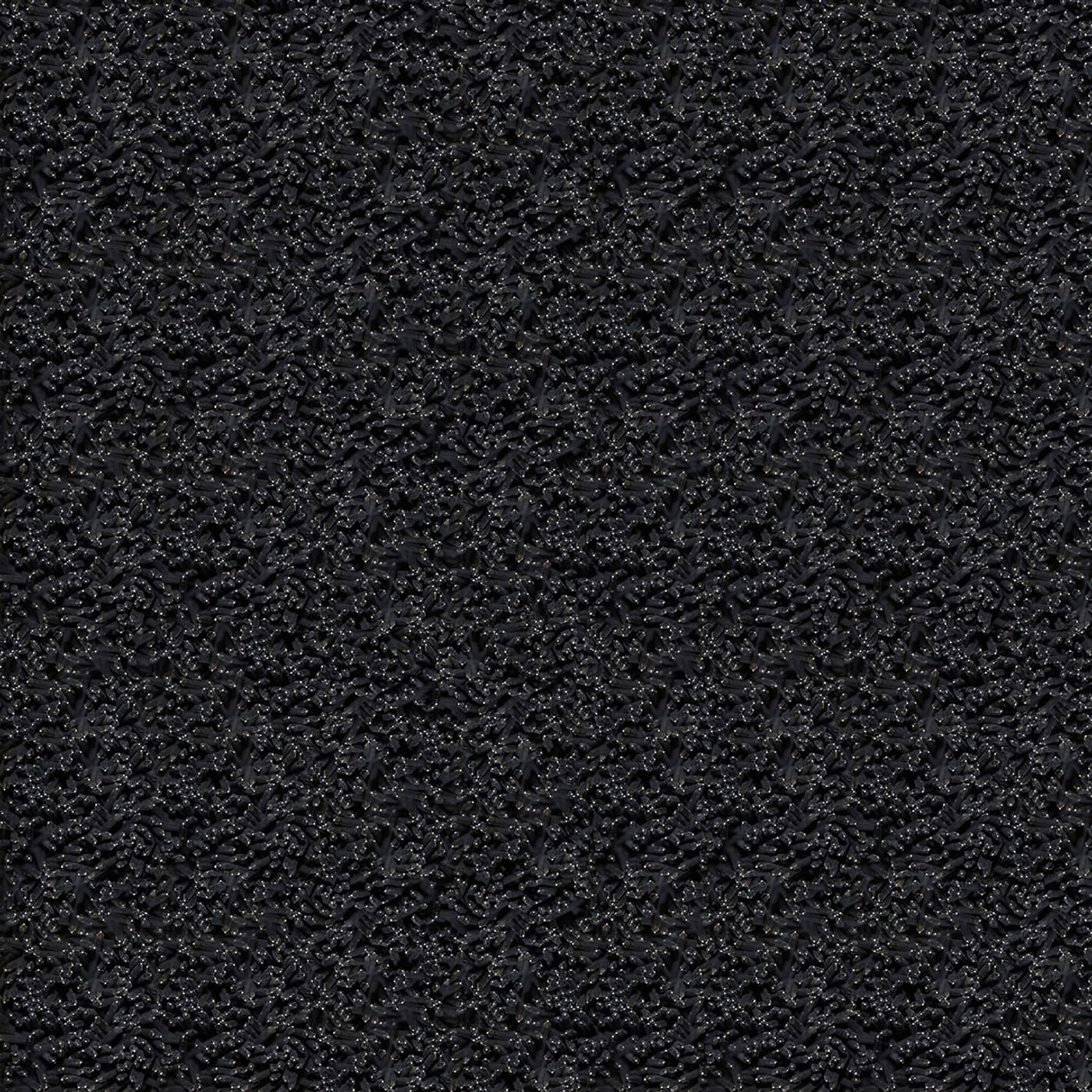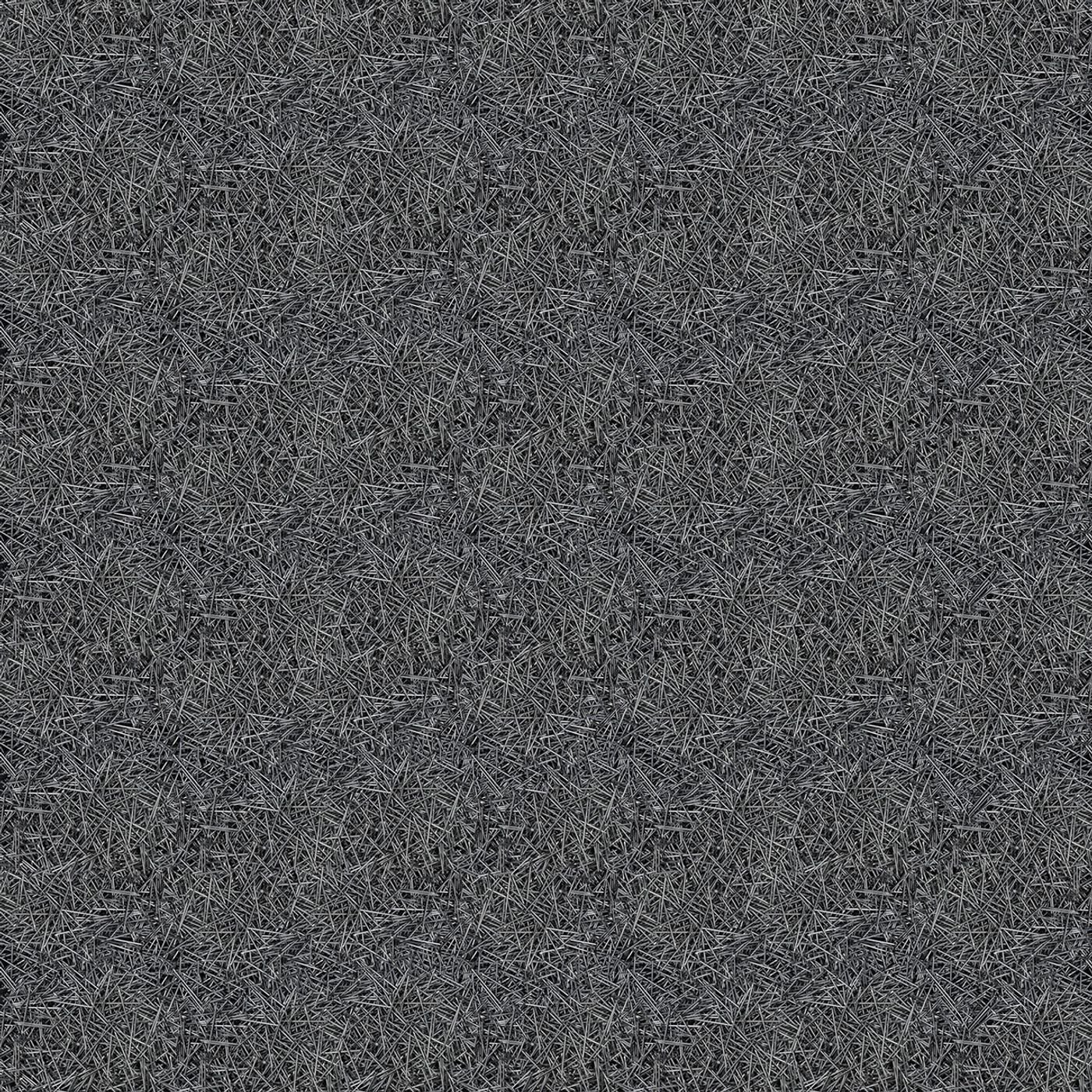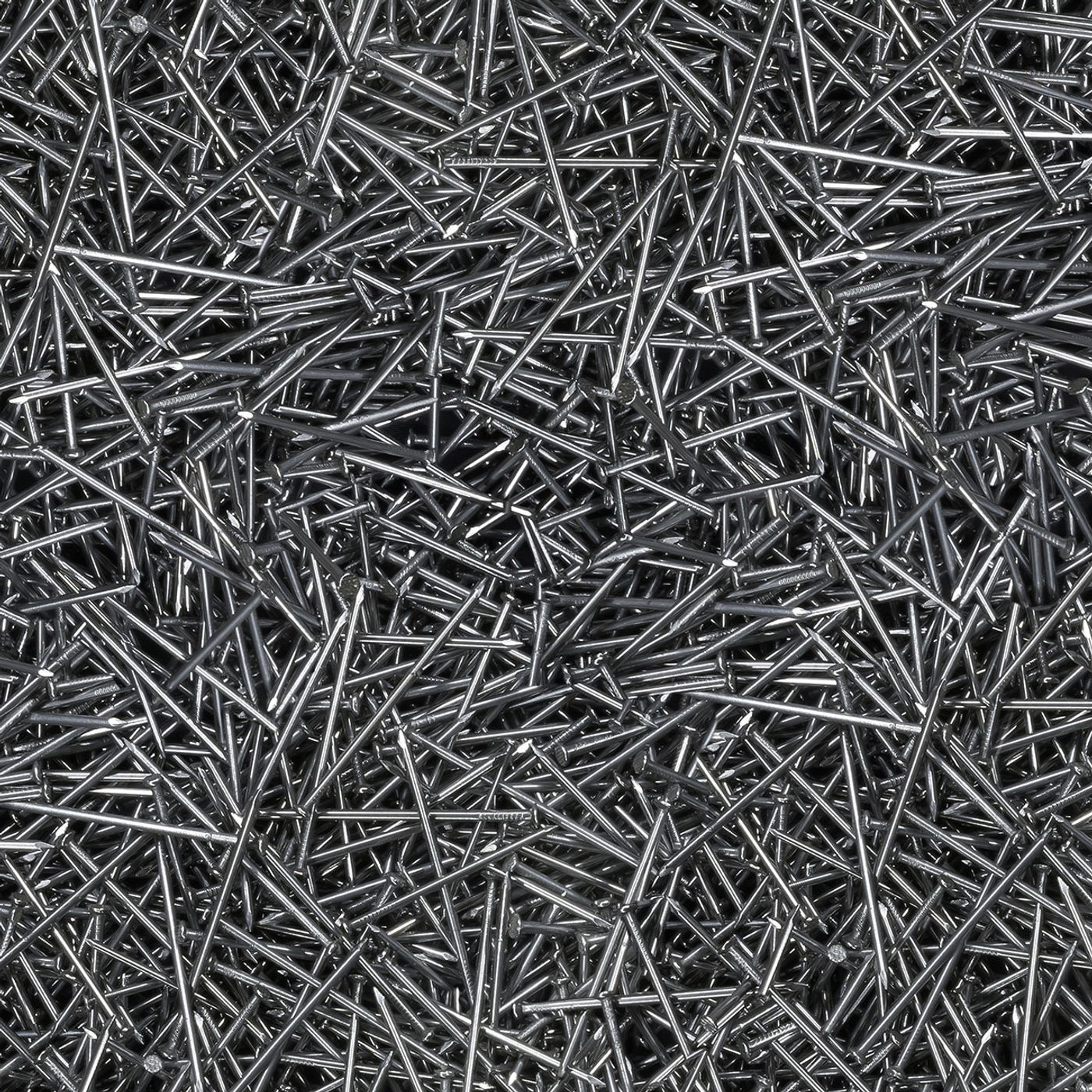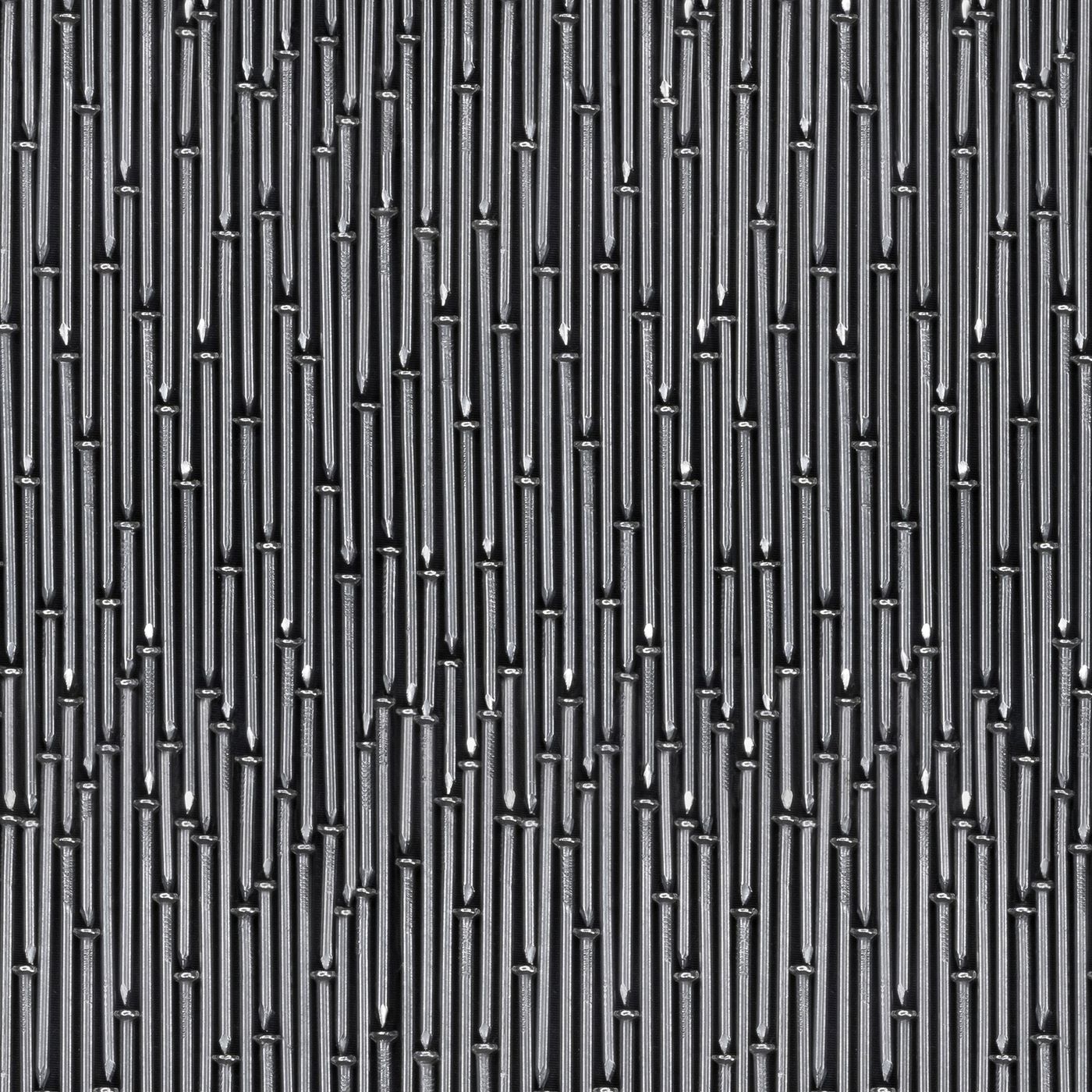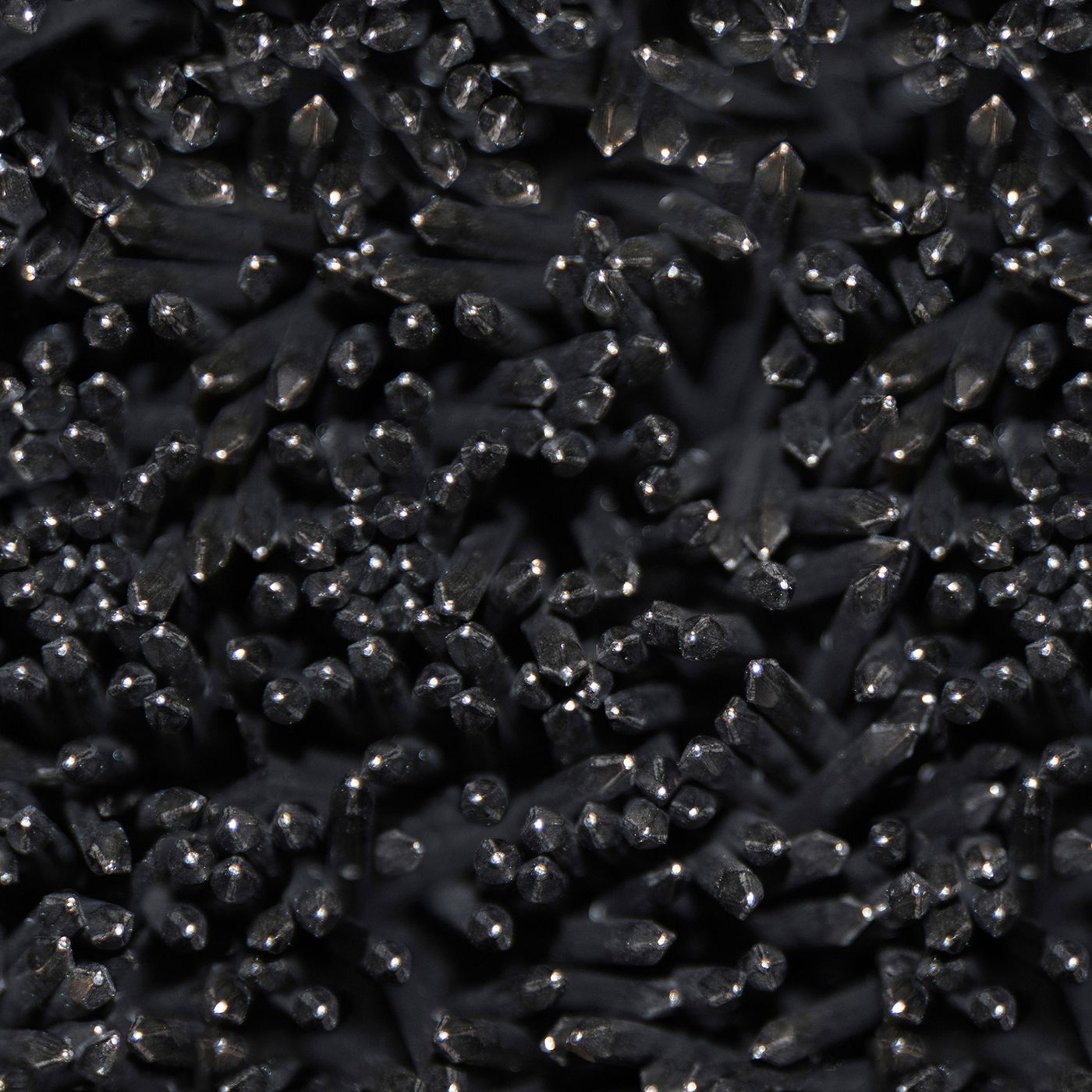
Fantasy, Symbolism and the Uncanny Meet in the Photography of Maria Mavropoulou
Words by Eric David
Location
Fantasy, Symbolism and the Uncanny Meet in the Photography of Maria Mavropoulou
Words by Eric David
The photographs of Greek artist Maria Mavropoulou thrive on ambiguity and polysemy. Her subjects are depraved of context urging viewers to look longer, deeper or closer in order to get a sense of what they are really looking at. Presented as some kind of perceptual riddle, the images demand that they are not only observed but also that viewers decipher them.
“Inner State”, a series of familiar landscapes covered in thick fog, is a metaphor for the national mood in Greece after several years of recession. The depicted spaces, once the epitome of economic growth and national pride such as archeological sites, solar panel fields and stadiums, in Mavropoulou’s photographs appear deserted and ghost-like. They seem to be stuck in an intermediate state between a past that has irrevocably gone and a future that doesn’t seem to be forthcoming, perfectly summing up the ongoing crisis and the malaise that has penetrated the national psyche. “In this interregnum a great variety of morbid symptoms appear”, Mavropoulou explains quoting Italian philosopher Antonio Gramsci. And indeed, looking at the photos, more disillusioned viewers may see smoke or tear gas instead of fog.
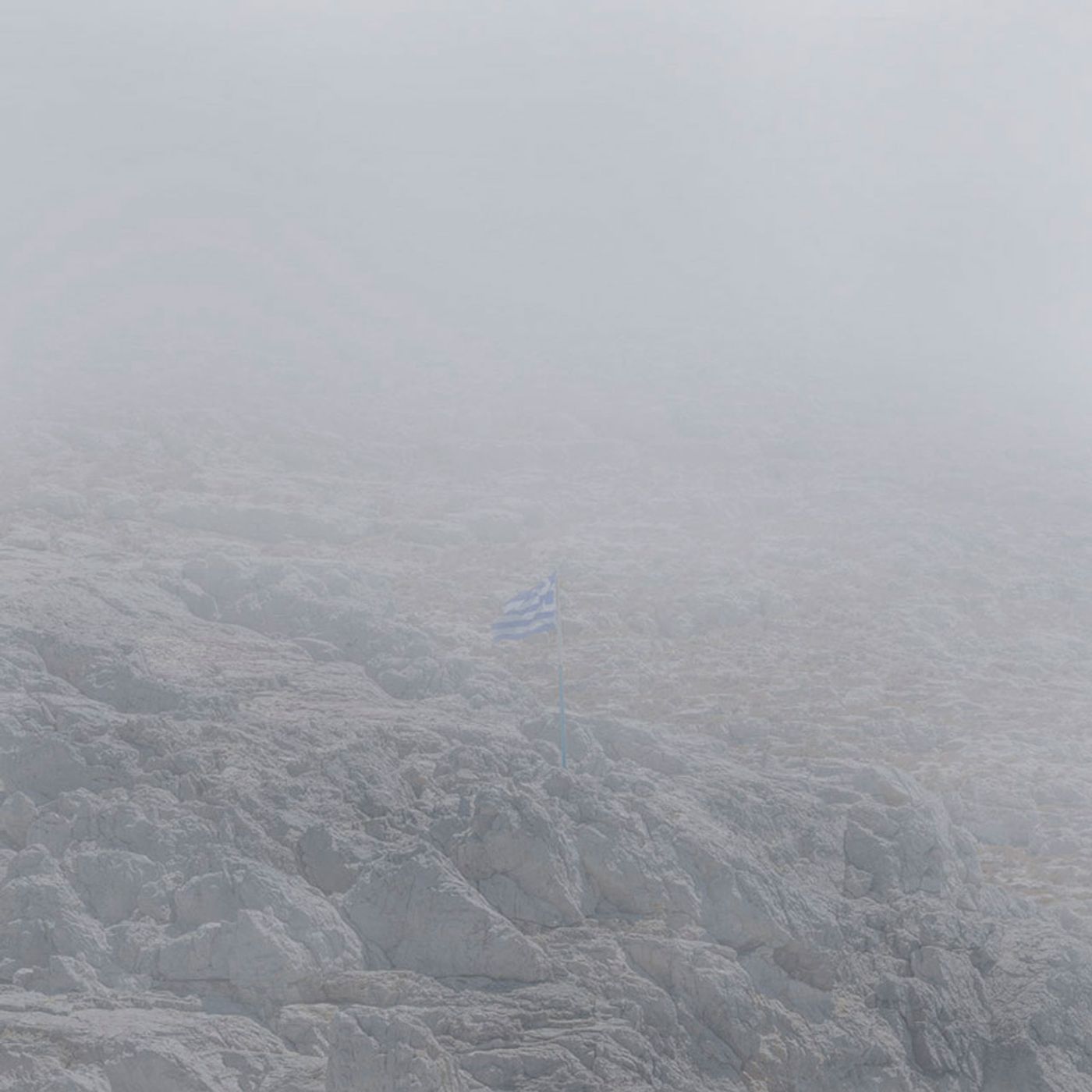
Maria Mavropoulou, from Inner state series. © Maria Mavropoulou.
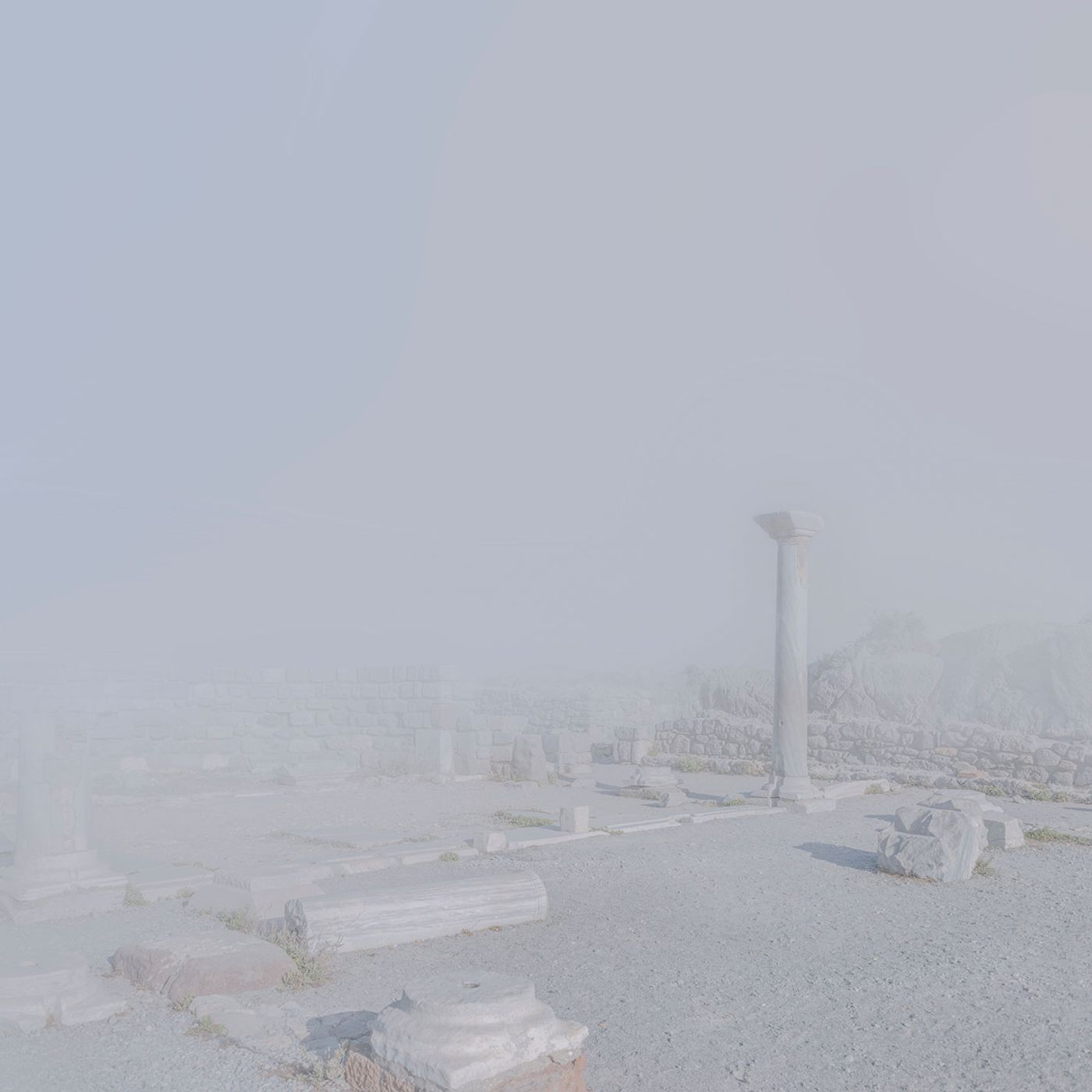
Maria Mavropoulou, from Inner state series. © Maria Mavropoulou.
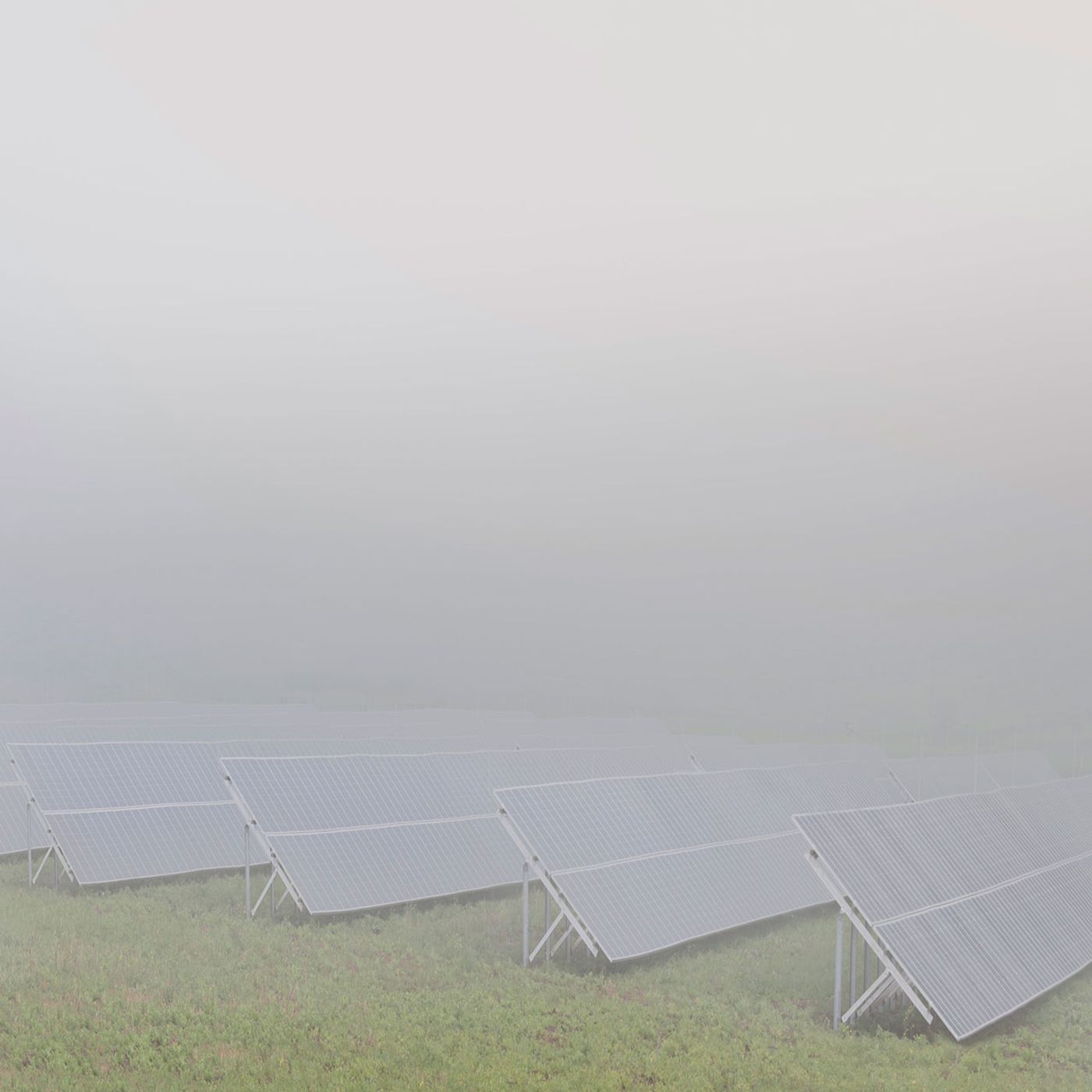
Maria Mavropoulou, from Inner state series. © Maria Mavropoulou.
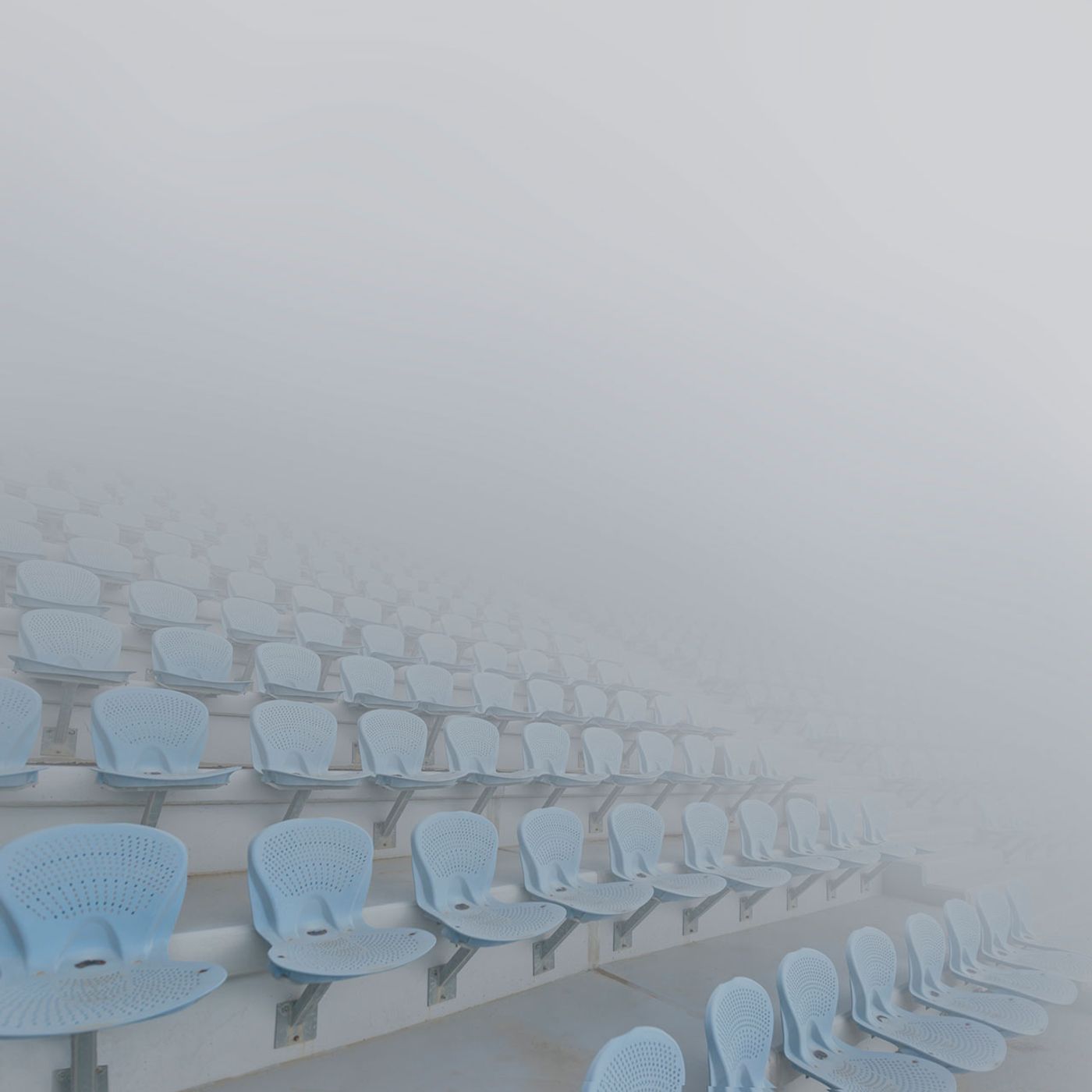
Maria Mavropoulou, from Inner state series. © Maria Mavropoulou.
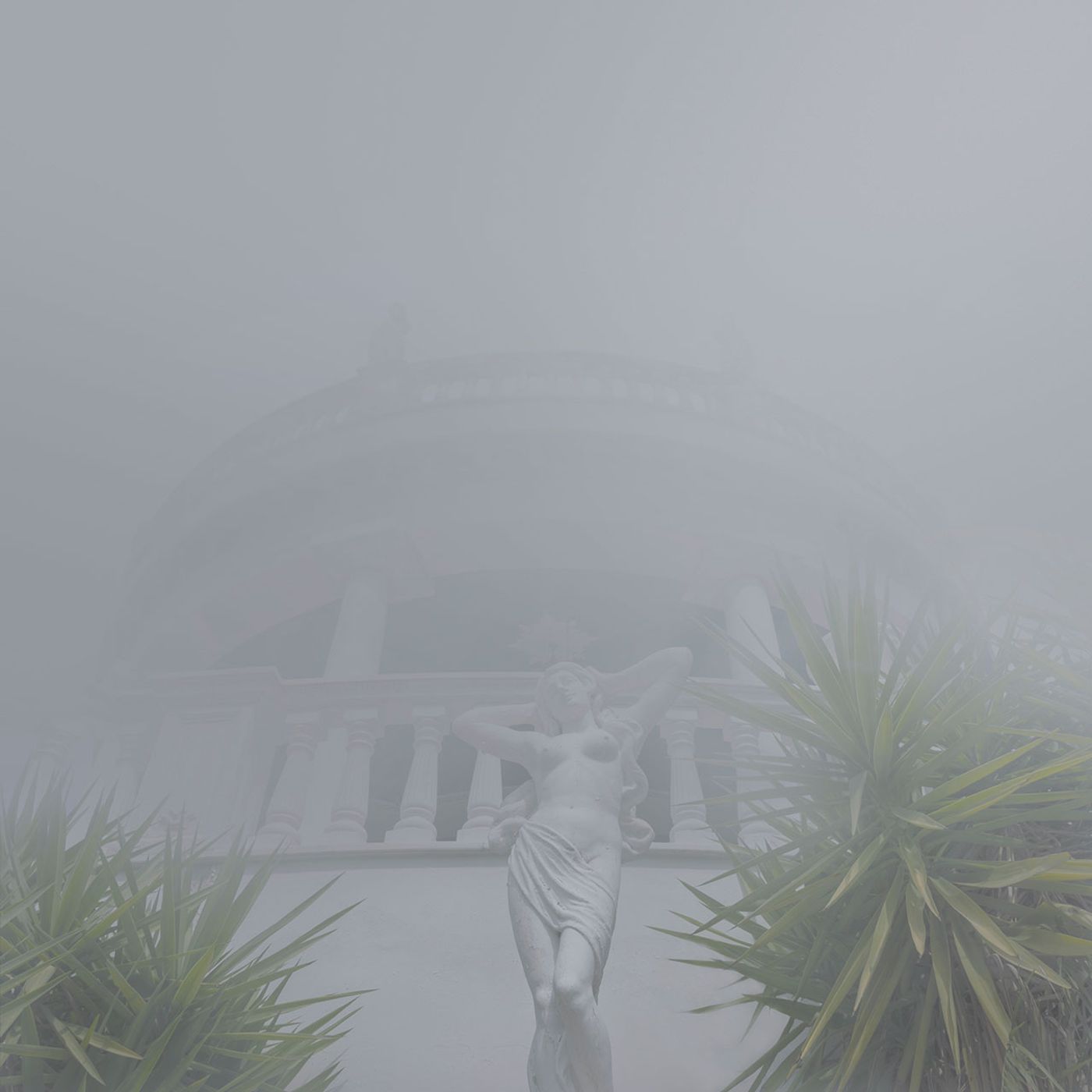
Maria Mavropoulou, from Inner state series. © Maria Mavropoulou.
Mavropoulou’s composite photographs for her series “Geometry of Chaos”, an exploration of the relationship between the micro- and macrocosm, prove to be much harder to discern. Using nails as her compositional unit, she photographs them in different configurations and then seamlessly multiplies the photos into much larger images—a painstaking process that requires long hours of digital labor. From a distance the pictures appear as strange textures of blacks and grays from where mesmerizing patterns and shapes emerge like some sort of hypnotizing optical illusion. It’s only upon closer inspection that the individual units, be they the tips, shafts or heads of the nails, come into focus as both a surprise and an awakening.
The power of these photographs is derived from the discrepancy between the cold, jagged materiality of the individual nails and the soft, organic fluidity of the final images. Clearly, they are more than the sum of their parts, but more than that, they have upended our sense of scale. Although what we are supposedly looking at is a bird’s-eye view of an amassed quantity of nails, in the bigger picture so to speak, visually, we might as well be looking through a microscope at the swarming molecules of one of the nails.
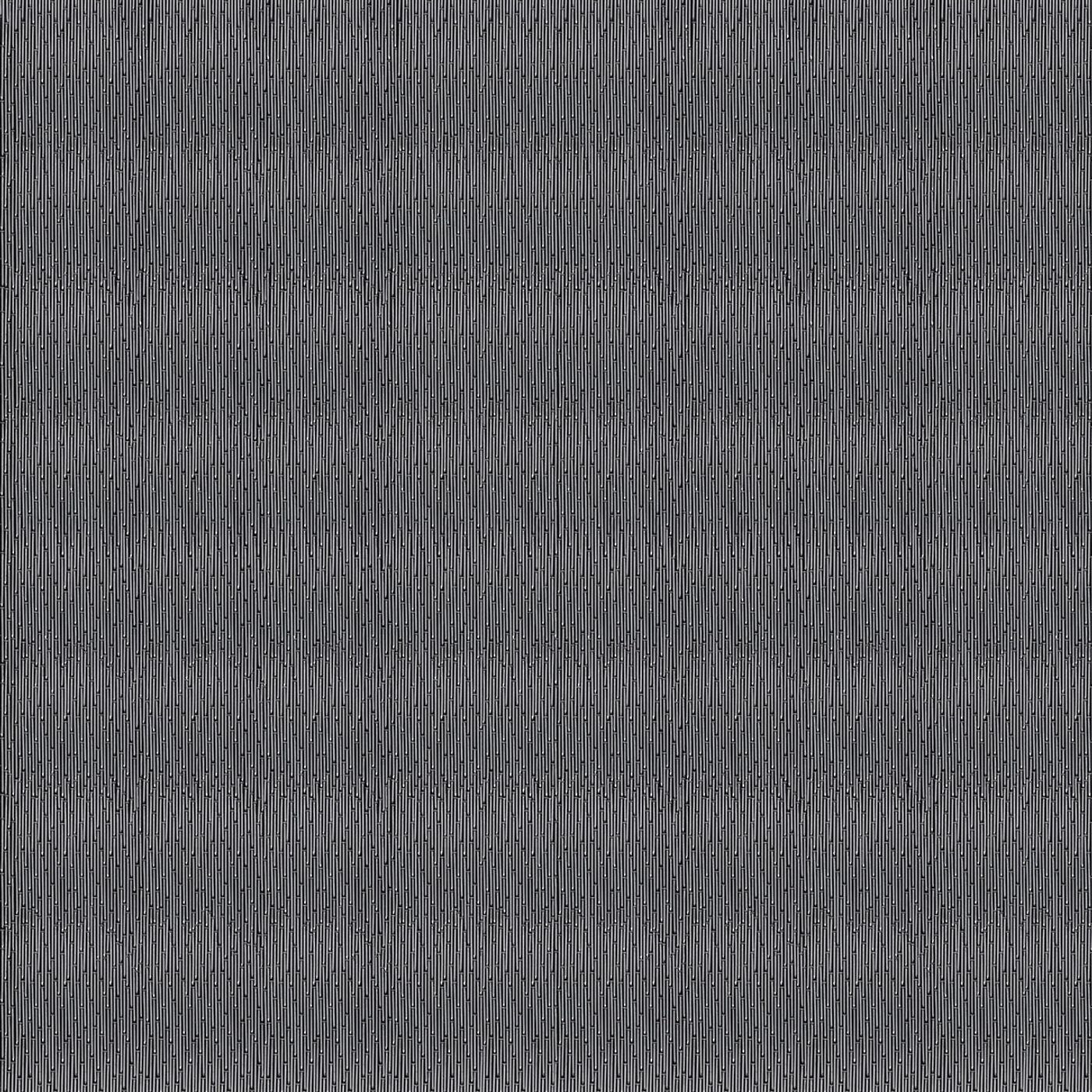
Maria Mavropoulou, #5 from Geometry of chaos series. © Maria Mavropoulou.
In her series “The desire for consciousness”, the uncertainty is semiotic rather than visual. Eliminating all visual clues of time, place and circumstances, the subject of each photograph is presented enveloped by deep blackness. Unable to place them in real life, the realness of the depicted object becomes subordinate to its meaning, forcing the viewer, like an inverted Rorschach test, to give his/her own signification thus transforming it into a symbol.
The series’ eerie iconography—a bullet hole in glass, two surveillance cameras, a waterfall and a bird’s skull to name a few—seems to belong to a deck of Tarot cards that the likes of David Lynch would carry around in his pocket. And indeed, Mavropoulou compares the series to a pack of cards that can be shuffled to produce an infinite number of iterations-cum-stories, turning the photographs, similarly to her other work, from visual titillation into an exercise in cognitive stimulation.
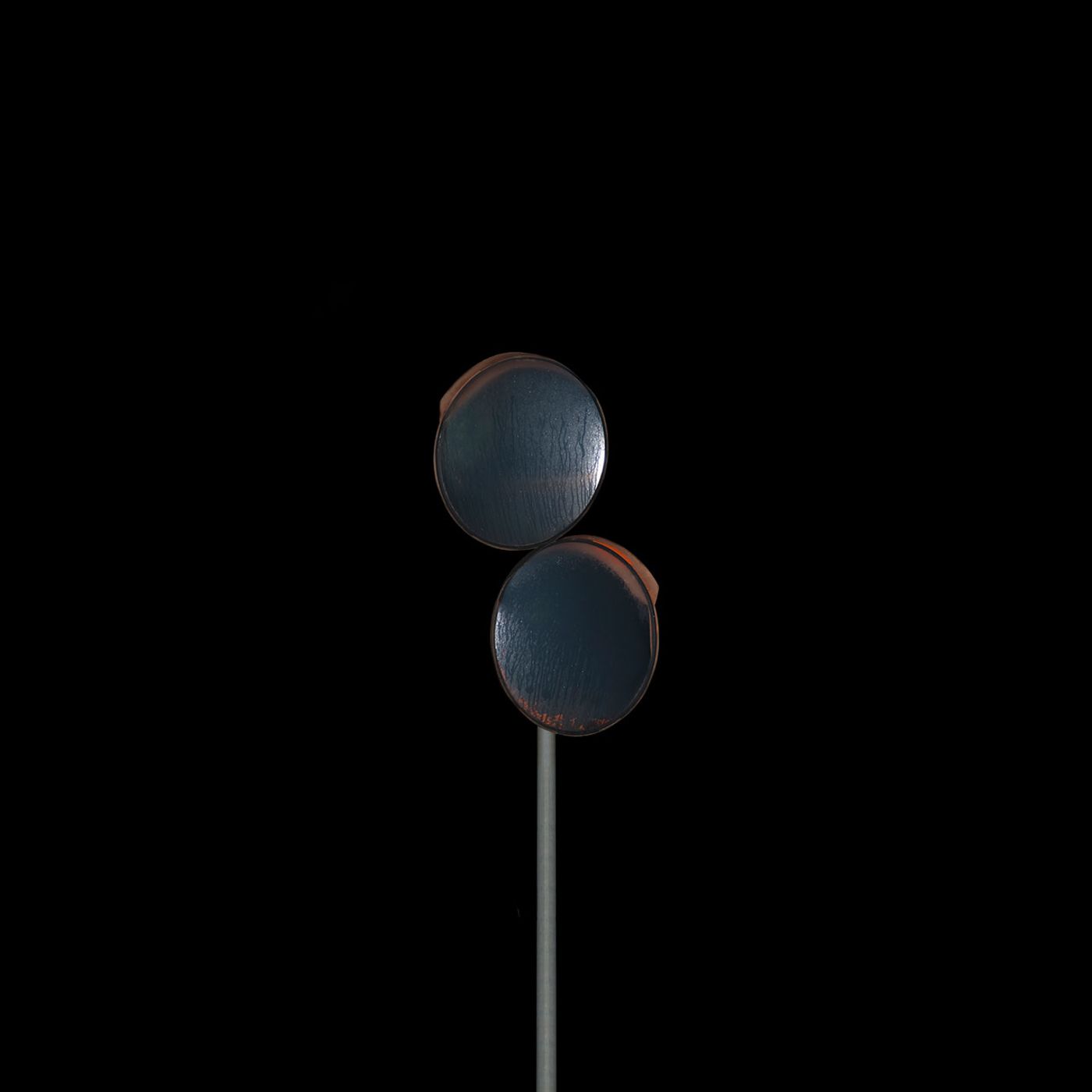
Maria Mavropoulou, from The desire for consciousness series. © Maria Mavropoulou.
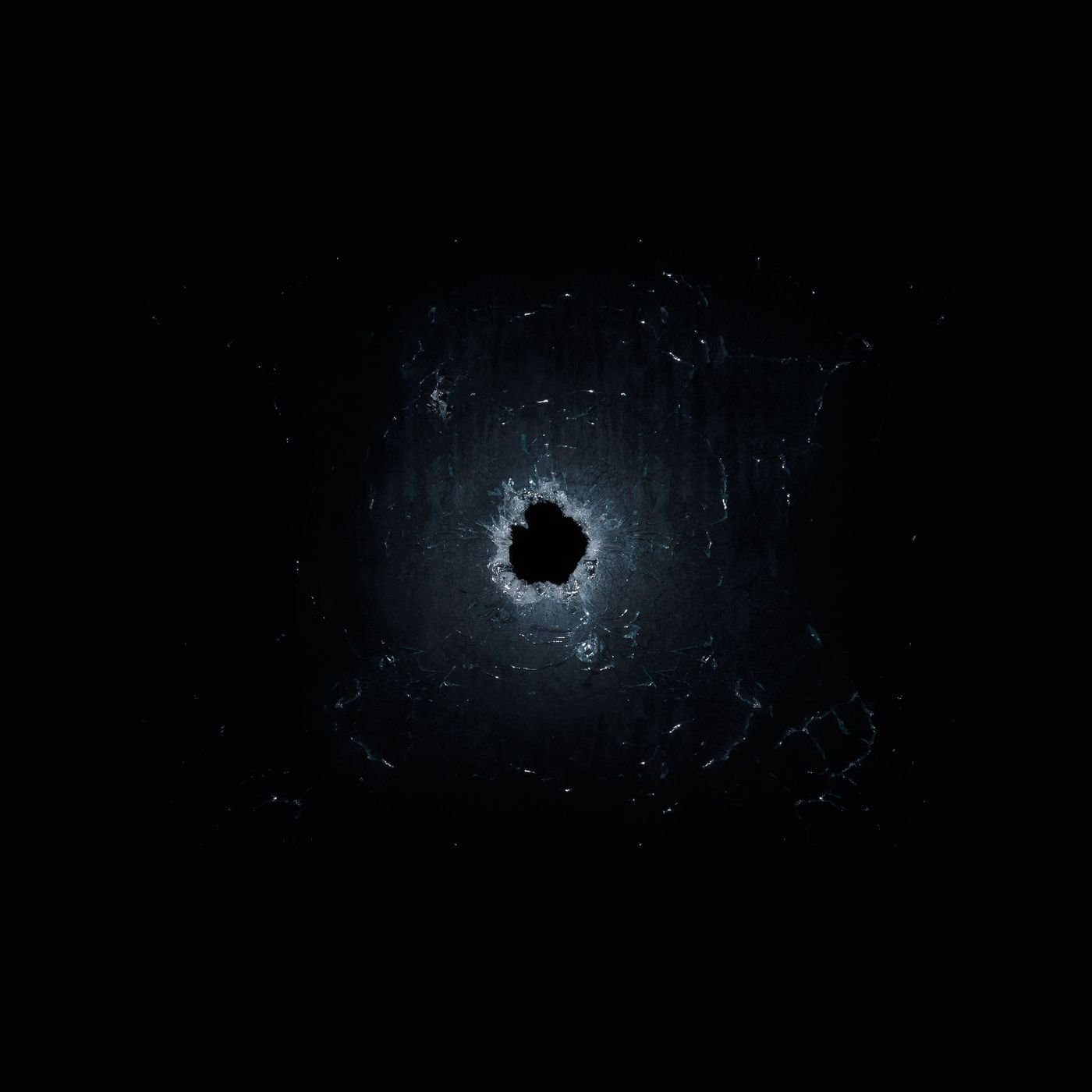
Maria Mavropoulou, from the desire for consciousness series. © Maria Mavropoulou.
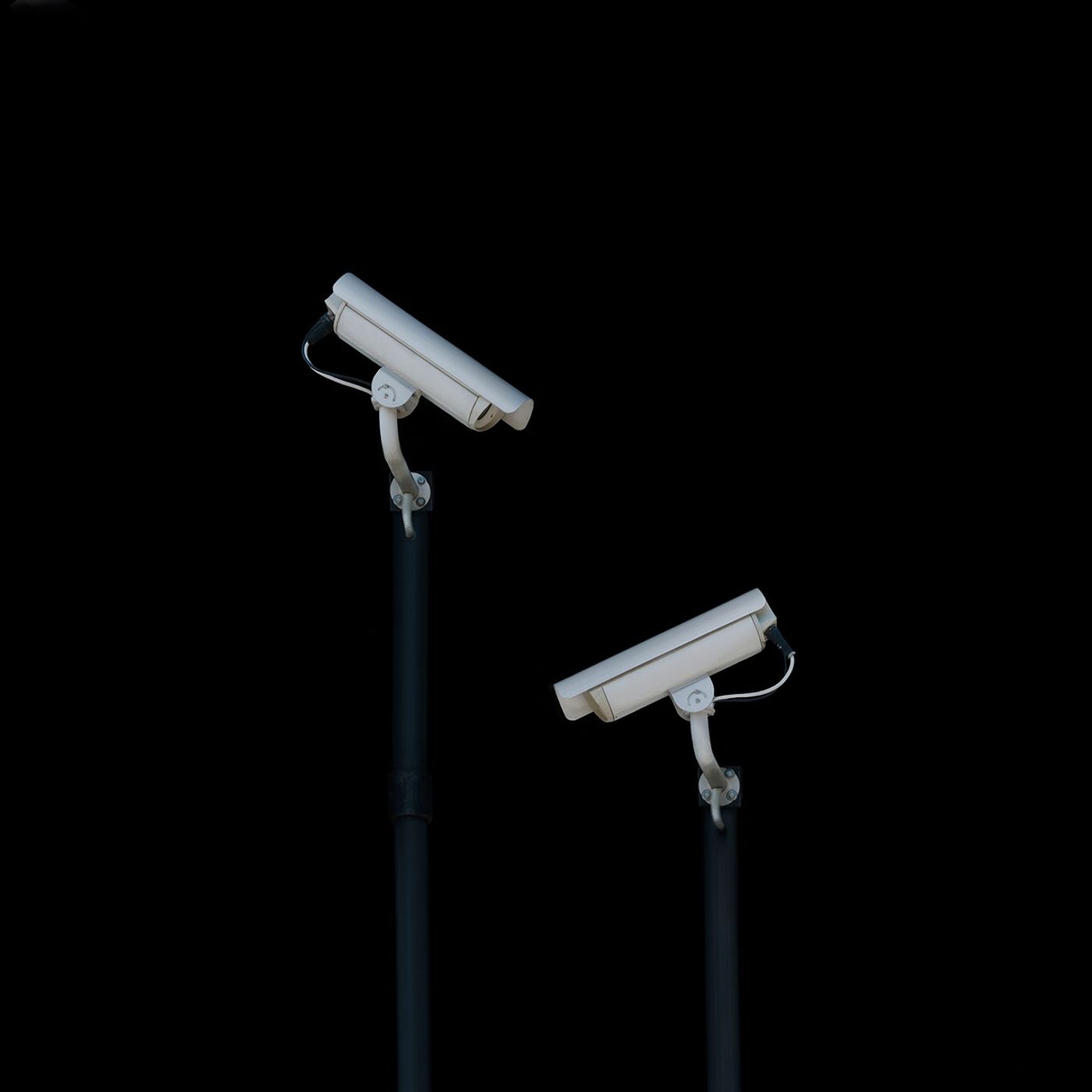
Maria Mavropoulou, from The desire for consciousness series. © Maria Mavropoulou.
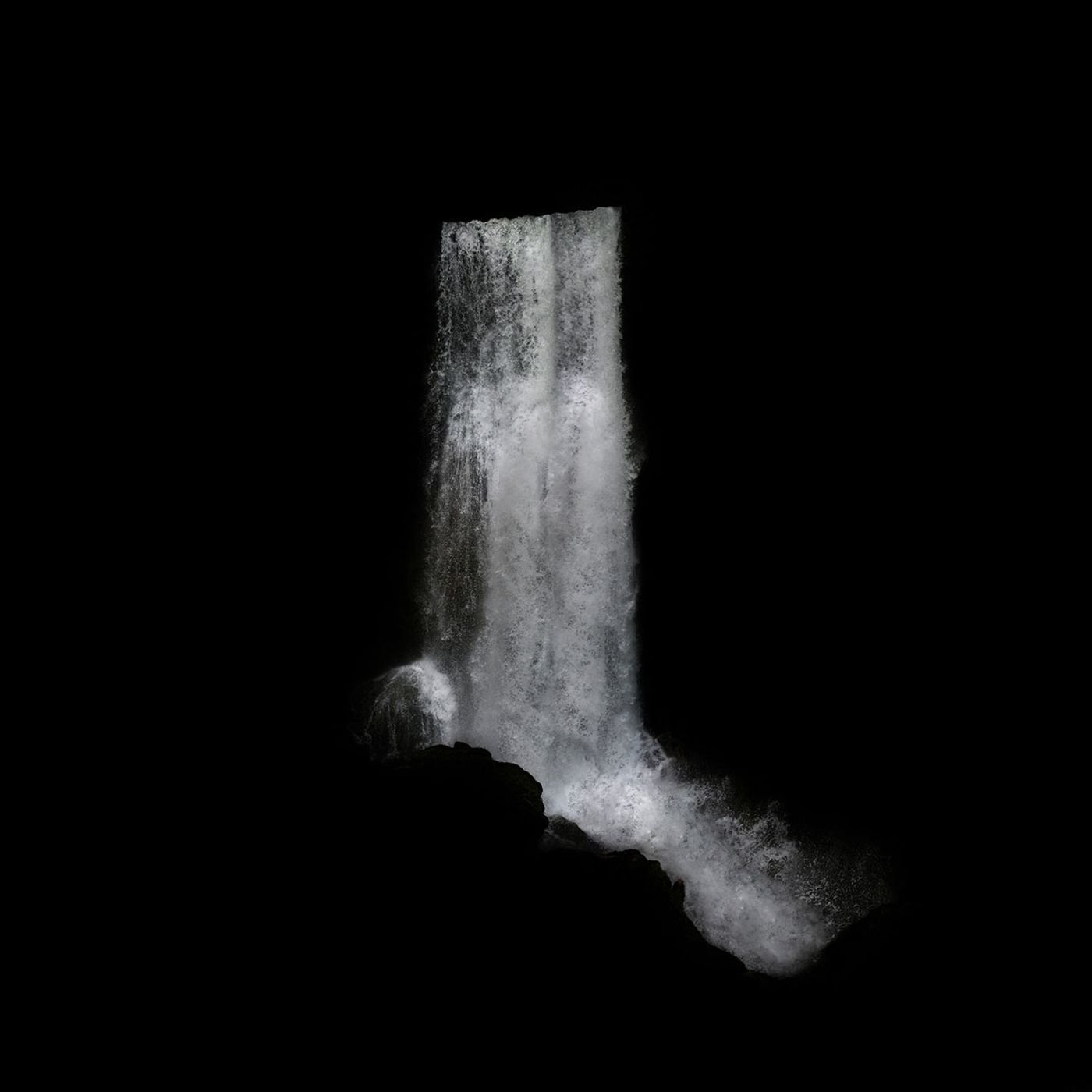
Maria Mavropoulou, from The desire for consciousness series. © Maria Mavropoulou.
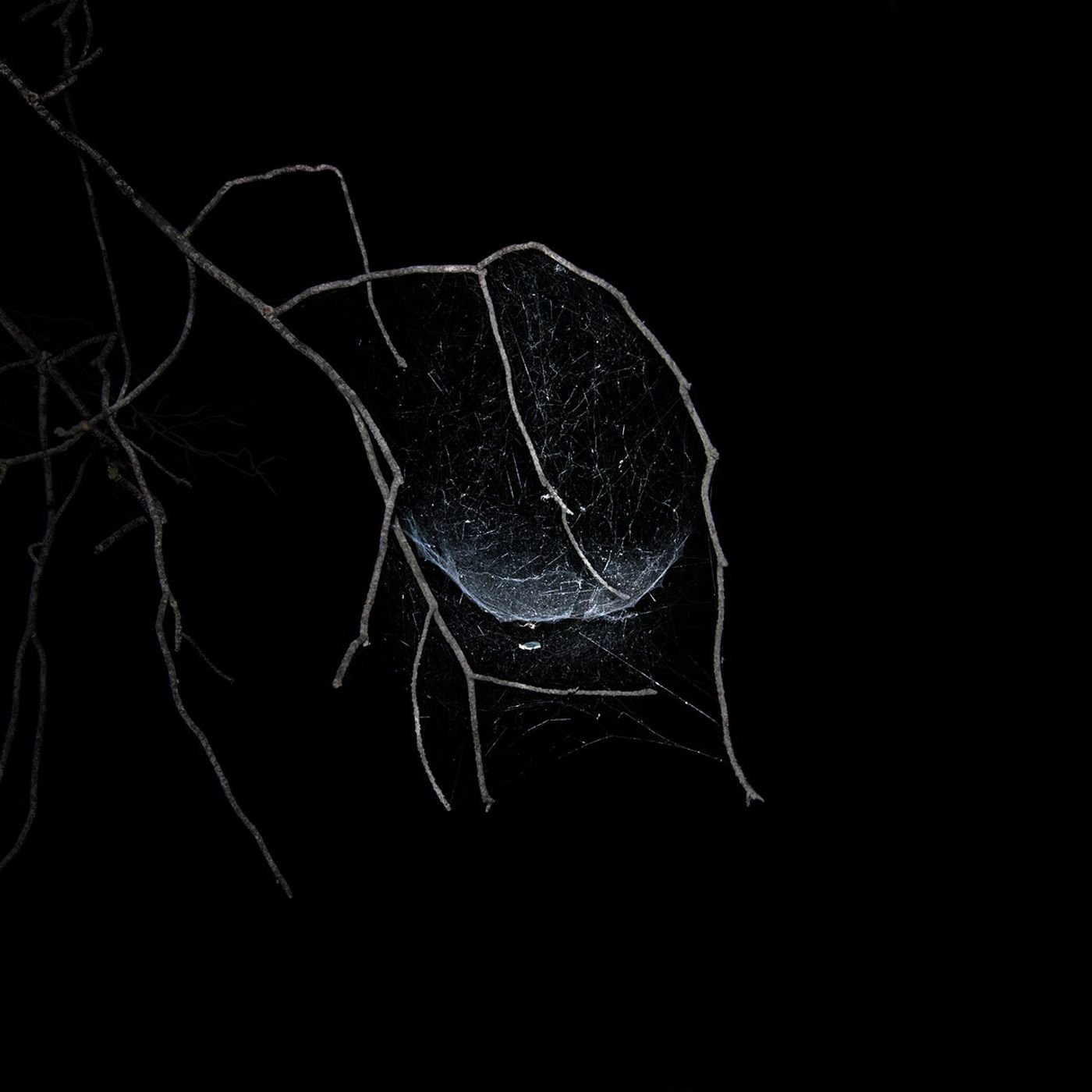
Maria Mavropoulou, from The desire for consciousness series. © Maria Mavropoulou.
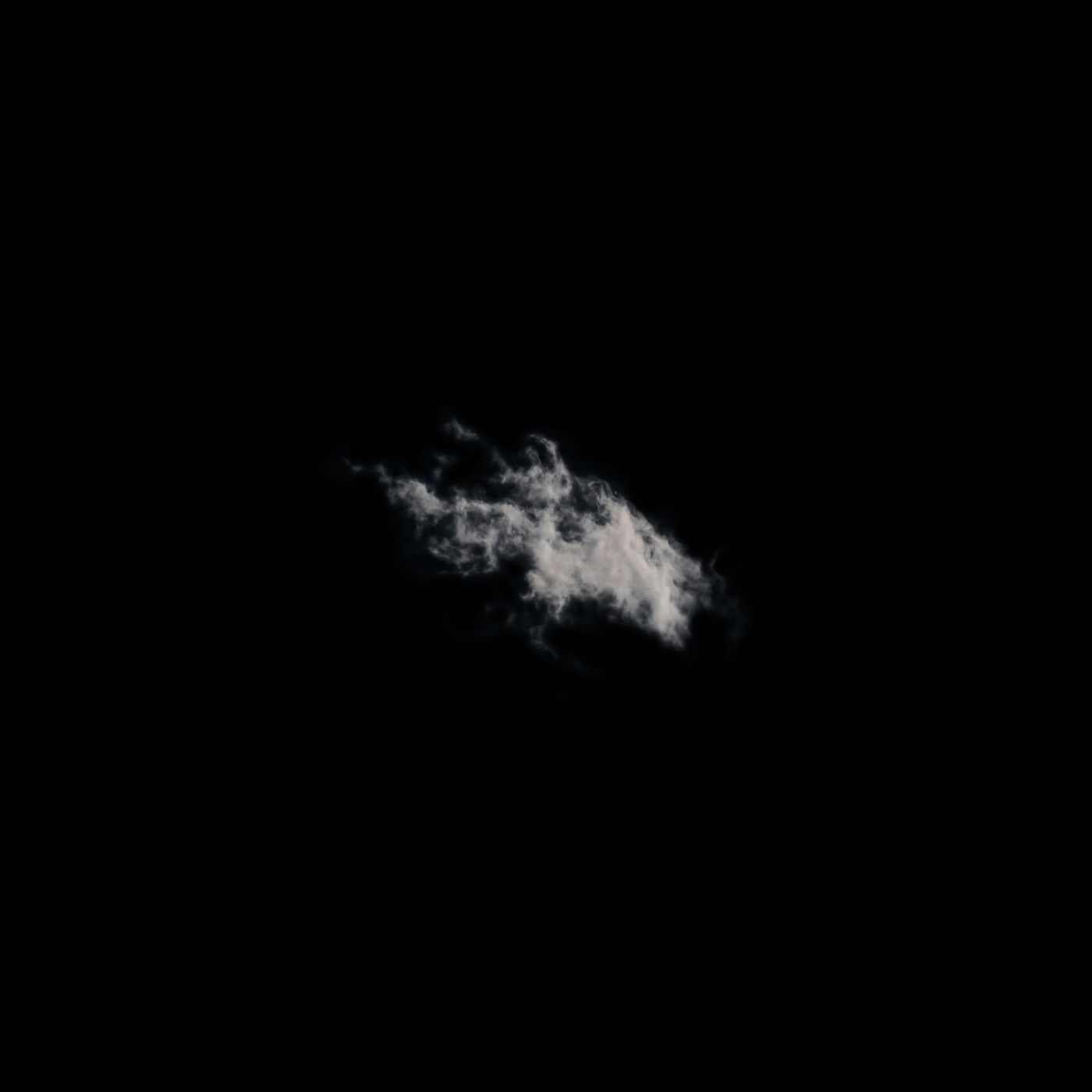
Maria Mavropoulou, from the desire for consciousness series. © Maria Mavropoulou.
